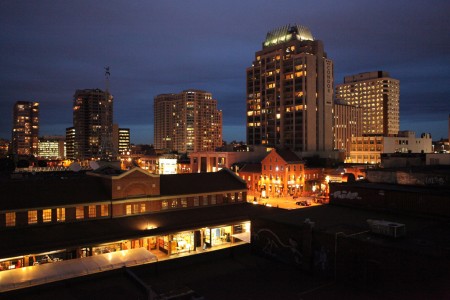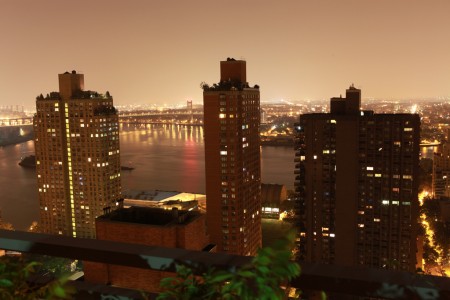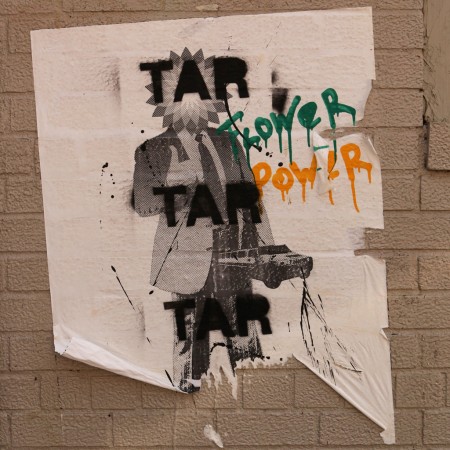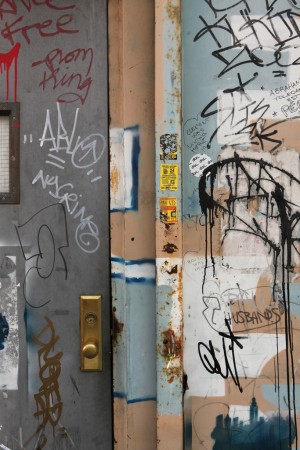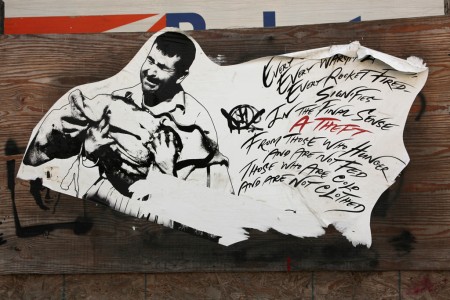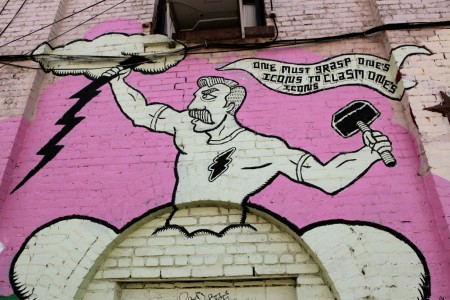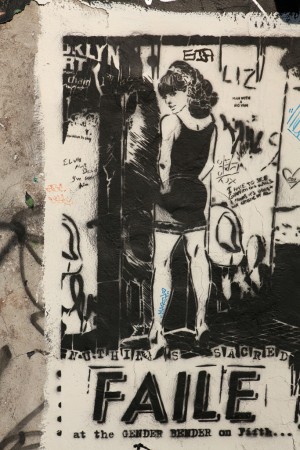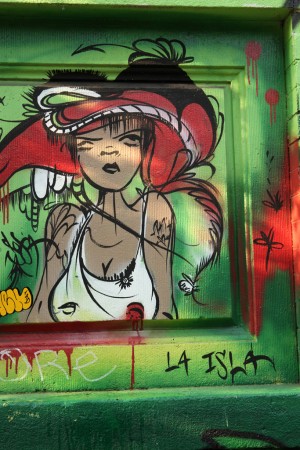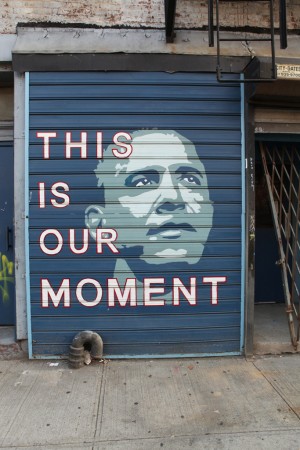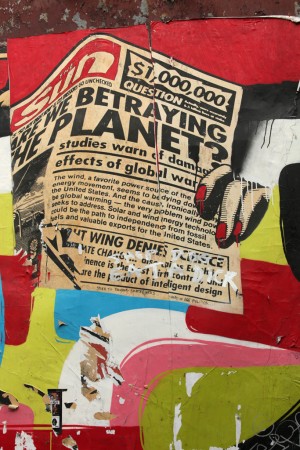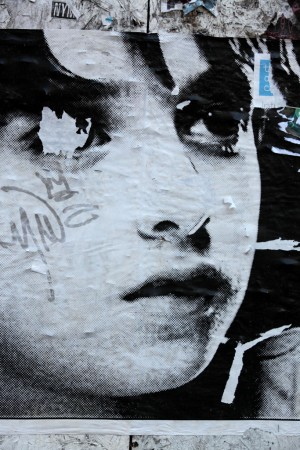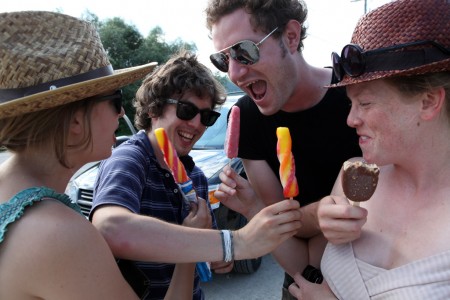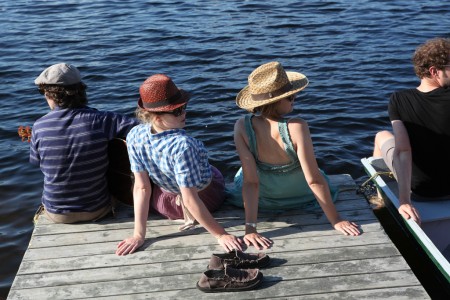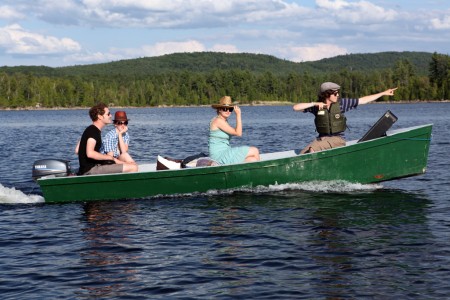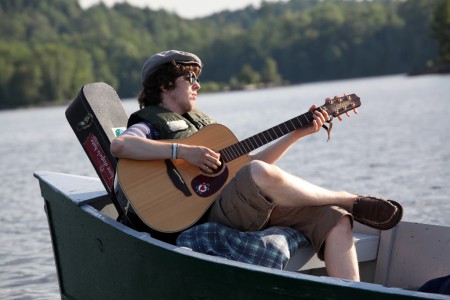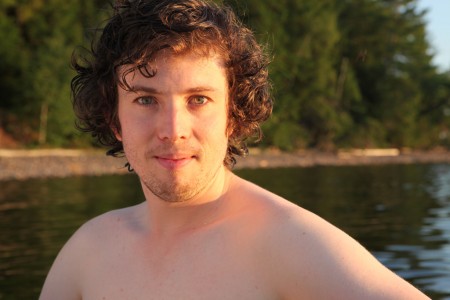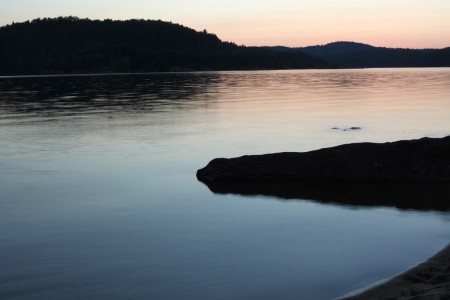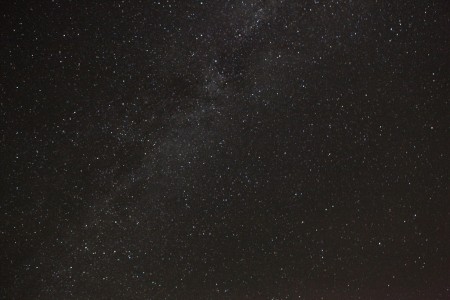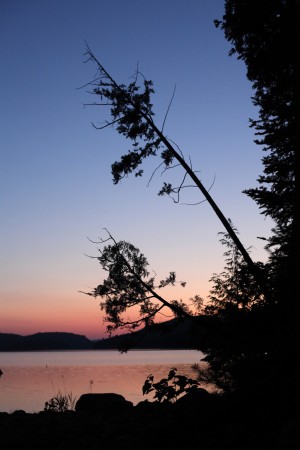Travelers and buyers of used furniture now need to add a costly bedbug infestation to the set of problems they can bring home with them. Coming home from a trip on which you got bitten generates the fear that your clothes, bags, and personal effects have been infested with bugs or eggs. Since the bugs can live for months without food, the danger is a persistent one.
Conventional advice is to wash clothes in hot water and dry them on hot, then freeze everything else for a few weeks. That can be slow and impractical, however. The anxiety of a friend of mine made me think about better options, and I think I have one. Somebody should open a shop where your possessions can be exposed to gamma radiation from cobalt-60, at a level sufficient to kill bedbugs and their eggs. The service would be akin to a laundromat, but entirely focused on bedbug decontamination services.
Cobalt-60 is already used to irradiate food. Apparently, hundreds of animal feeding studies have been conducted on the safety of irradiated food, and the risks associated with having bags and clothing irradiated seem likely to be less than any associated with irradiating food that is then eaten.
While consumers are wary of irradiated food, the prospect of killing bedbugs using ionizing radiation might actually carry a kind of cruel appeal. They are about the most despised animals on the planet, after all.

